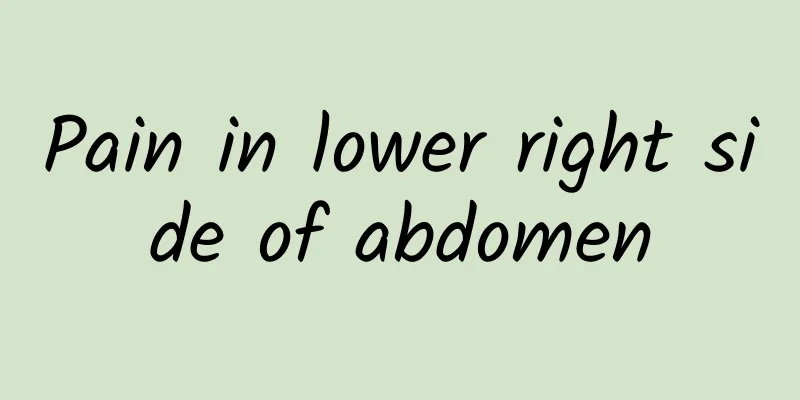Signs of Parkinson's disease, read it first if you have elderly family members

|
Nowadays, Parkinson's syndrome is becoming more and more common in our lives, and more and more people are suffering from the disease. The early symptoms of this disease include movement disorders, tremors and rigidity. Once you find that you are suffering from the disease, you must seek treatment as soon as possible. 1. Movement disorders . It can be summarized as: Akinesia: Difficulty initiating voluntary movements. Decreased movement: Decreased spontaneous and automatic movements, and decreased range of motion. Bradykinesia: Voluntary movements are executed slowly. The patient has slow movements and reduced voluntary movements, especially when starting activities, when movements are difficult, laborious and slow. When doing repetitive movements, the amplitude and speed are gradually reduced. Some patients write smaller and smaller words, which is called "micrographia". Some may experience speech difficulties, a smaller voice, and a narrower vocal range. Difficulty swallowing and choking when eating or drinking. Some patients remain completely motionless when they stand up, which can last from a few seconds to tens of minutes. This is called a "freezing attack." 2. Tremor. It manifests as a slow rhythmic tremor, often starting from one finger and spreading to the entire upper limbs, lower limbs, jaw, lips and head. The typical tremor is a resting tremor, which means that the patient has involuntary shaking when he is at rest. It mainly affects the upper limbs, with the hands trembling like rolling balls, and sometimes the lower limbs also tremble. In some patients, the disease may affect the jaw, lips, tongue and neck. Tremors occur 4 to 6 times per second, with varying amplitudes, and are aggravated by mental stress. Many patients also have postural tremor of 5 to 8 times per second. Some people do not have tremors, especially those who develop the disease over the age of 70. 3. Rigidity. It is muscle rigidity, which causes the muscles of the limbs, neck and face to become stiff, and limb movements feel strenuous, heavy and weak. Facial expressions may become stiff and blinking may be reduced, resulting in a "mask face". The body bends forward, and walking, turning the neck and turning around are particularly slow and difficult. When walking, the coordinated swinging movement of the upper limbs disappears, the stride is shortened, and combined with a flexed posture, the patient can walk with small steps and forward movements. We call it a "panicked gait." As the disease progresses, daily activities such as dressing, washing face and brushing teeth become difficult. In addition, some patients may also experience autonomic nervous system dysfunction, such as greasy face, sweating, drooling, difficulty urinating and defecating, and orthostatic hypotension, and may also experience symptoms of depression and dementia. |
<<: How to remove the granulation tissue of paronychia? This is the recommended treatment
>>: The effectiveness of Parkinson's surgery varies from person to person
Recommend
The role of vitamin C
Speaking of vitamin C, I believe many people are ...
Reach out and grab this thing and a miracle will happen
There are many nerve endings and tissues on the h...
Does rice wine nourish the kidneys?
Huangjiu is one of the oldest types of wine in Ch...
How to regulate spleen and stomach dampness and coldness, Chinese medicine remedies are good
In modern life, factors such as irregular diet, e...
Are vocal cord polyps serious?
The throat is very important to human health. If ...
What to do if your child's legs are not straight
Parents should start to deal with the problem of ...
My lower abdomen is aching all the time
Sometimes people may find that they have a dull p...
How to treat insufficient kidney essence
Kidney essence deficiency is the name of a diseas...
Can tea water with salt cure skin diseases?
Adding salt to tea water can have a certain effec...
What should I do if my fingers are swollen and painful due to rheumatoid arthritis?
Rheumatoid arthritis is also known as rheumatoid ...
What are the complications of inguinal hernia surgery?
Patients with inguinal hernia will experience sev...
Can chicken blood vine stop bleeding?
Millettia reticulata is a very common Chinese her...
What is fungal sinusitis? What are the symptoms?
Nowadays, rhinitis is becoming more and more comm...
Is rubbing your lower abdomen good for your uterus?
Women have more body organs than men, such as the...
Mustard gas poisoning
Mustard gas is a toxic biological gas. This gas a...









